Smoke hung heavy around the Oliver Anderson home. Bullet holes pockmarked the brick walls of the house. This early battle of the Civil War had been sparked by the seizure of money by Federal troops. Now they found themselves outnumbered and in short supply of a most important resource. The battle was entering its third day and victory was in sight for the Confederate troops. Our visit to the Battle of Lexington State Historic Site would lay out the details of this three-day battle in Lexington, Missouri. Here we would learn how hemp bales and bluffs ended up securing a victory for the south.
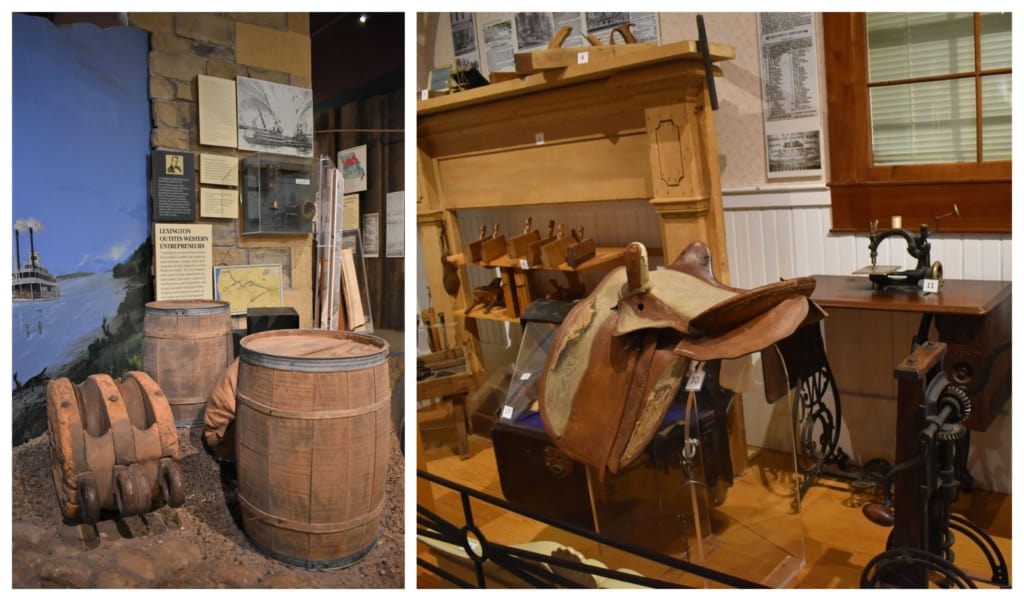
Life in “Little Dixie”
Across central Missouri, there is a wide swath of fertile land that borders the Missouri River. In the 1800s it was settled by European-American migrants primarily from Tennessee, Virginia, and Kentucky. Tobacco and hemp were two of the major crops that grew easily in this region. Soon, antebellum houses dotted the land, and these early settlers brought with them their enslaved laborers to work the fields. In 1860, about 10% of Missouri’s population was made up of slaves. In the fertile “Little Dixie” region, this number was much higher. The nearby river supplied a steady line of transportation for the hemp bales being sent east for rope production.
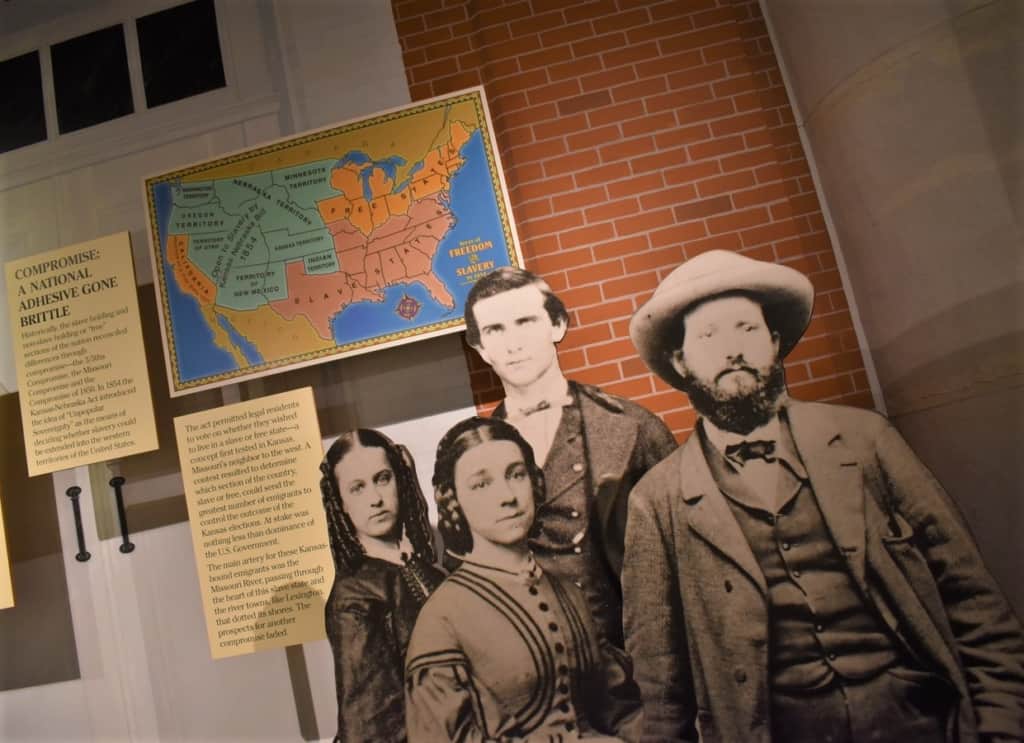
Life in “Little Dixie”
While living in “Little Dixie” was similar to that they had known in the south, there were marked differences. Living on the edge of the expanding nation put them right in the thick of the slavery issue. Missouri had entered the union as a pro-slavery state, but nearby Kansas was markedly an abolitionist territory. To bolster the anti-slavery agenda, emigrants from Vermont and Massachusetts arrived in droves. The Kansas-Nebraska Act of 1854 sparked the beginning of a border war between Missouri and Kansas. This was a full seven years prior to the start of the Civil War. The landowners in central Missouri could feel the winds of change blowing in from the west.
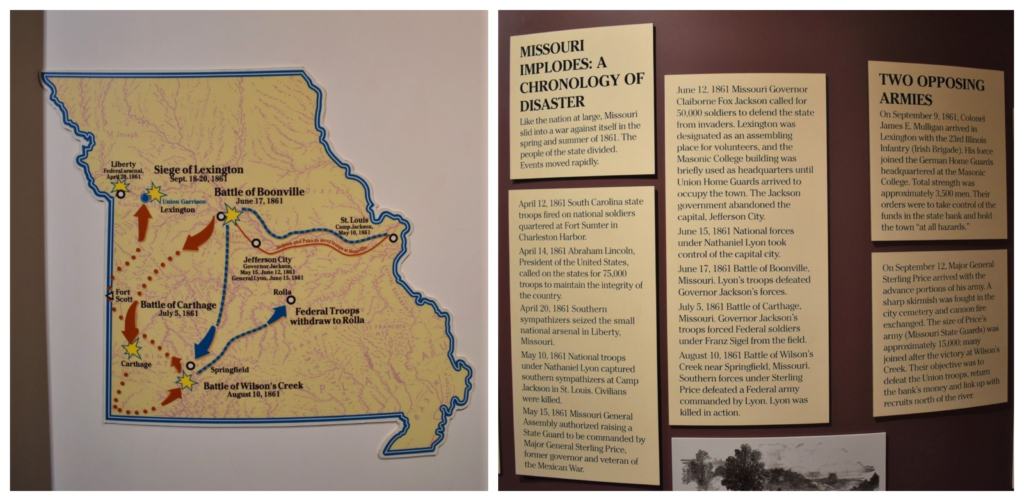
War Comes to Missouri
By 1861, the nation stood on the precipice of war. As the states chose sides, Missouri wavered with a decision. When the war was finally declared, anti-union troops moved their attention inward. The border war still raged, but the attack of Union troops by southern sympathizers began in earnest. Battles between federal and confederate troops sprung up around the state. By the fall of 1861, Confederate forces had the upper hand in Missouri. The Missouri State Guard was being led by Major General Sterling Price. Since Missouri had not seceded from the Union, the Confederate troops were on unstable legal grounds. Missouri’s pro-slavery Governor, Claiborne Fox Jackson, was fully in support of secession.
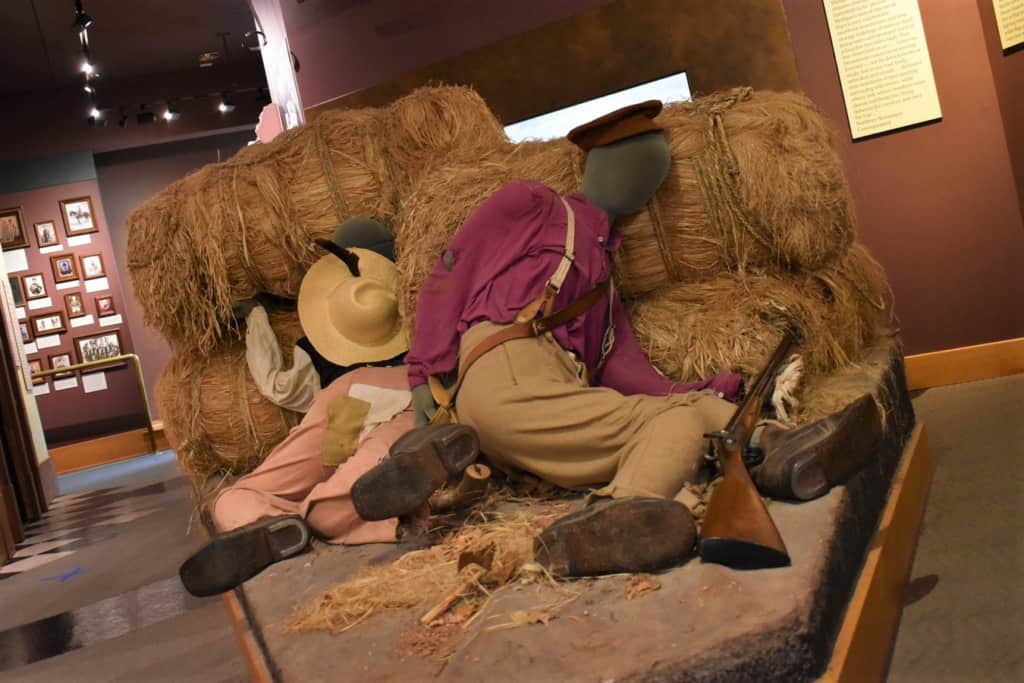
Hemp Bales and Bluffs
After a decisive victory at Wilson’s Creek, the Missouri State Guard turned their attention to Lexington. Union troops had recently confiscated $900,000 from the Lexington bank to prevent the secessionists from funding their war effort. Gov. Jackson, along with General Price, meant to prevent the Union troops from securing any more of the funds from the bank. The two forces were in place for the upcoming battles by mid-September. After some minor skirmishes, the field was set for the main battle to begin on September 18, 1861. The time for hemp bales and bluffs was drawing nigh.
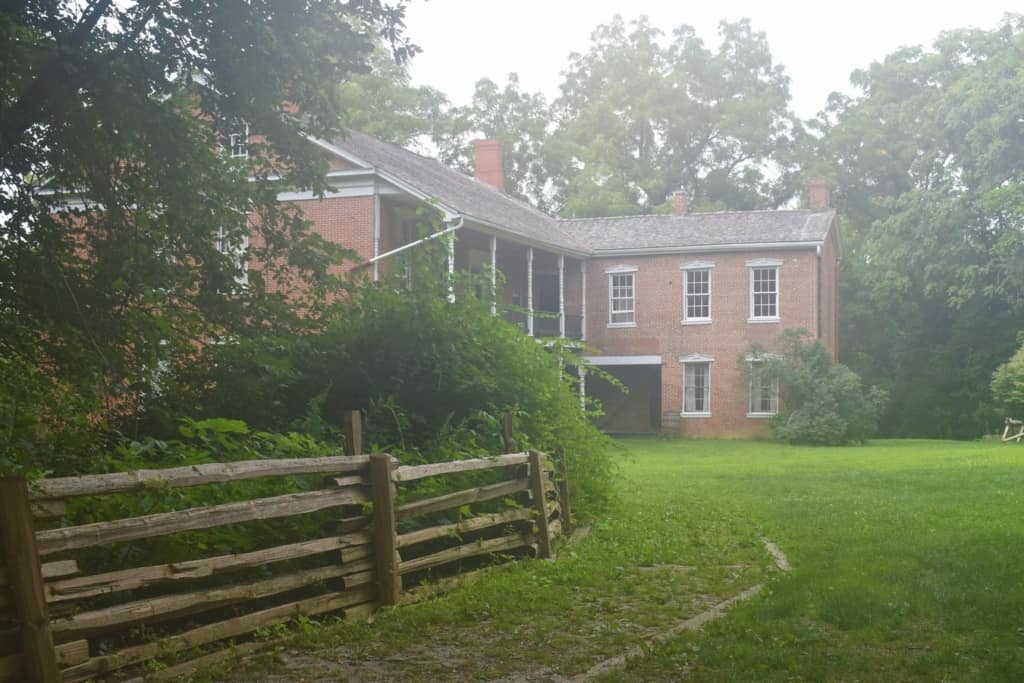
Anderson House
The Union forces, which numbered around 3500 strong, had embedded with fortifications near the town’s Masonic College. Price and his army had received reinforcements. Their numbers had swollen to over 15,000. Under the threat of heavy artillery fire, the Missouri State Guard advanced on the Union lines. During the ensuing battle, a nearby home had been secured as a field hospital for Union soldiers. Confederate forces saw the advantages of claiming the “high ground” of this two-story building. After capturing the Anderson House, Union forces mounted a counterattack and regained the home.
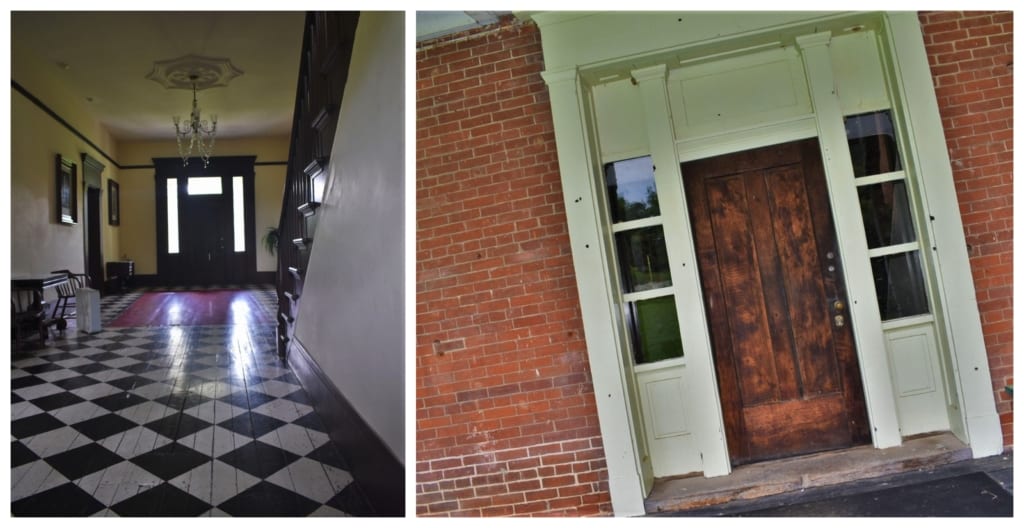
Misplaced Deeds
When the Missouri State Guard attacked the hospital, Union officers considered it a violation of the Law of War. During the retaking of the house, Federal troops executed three Confederate soldiers. They felt this action was justified due to the indiscretion of Missouri Guard troops attacking a hospital. The Confederates felt that since the executed soldiers had surrendered, their deaths were equivalent violations. During the back and forth battles, the Anderson House suffered heavy damage. Many of the holes were still visible when we visited.
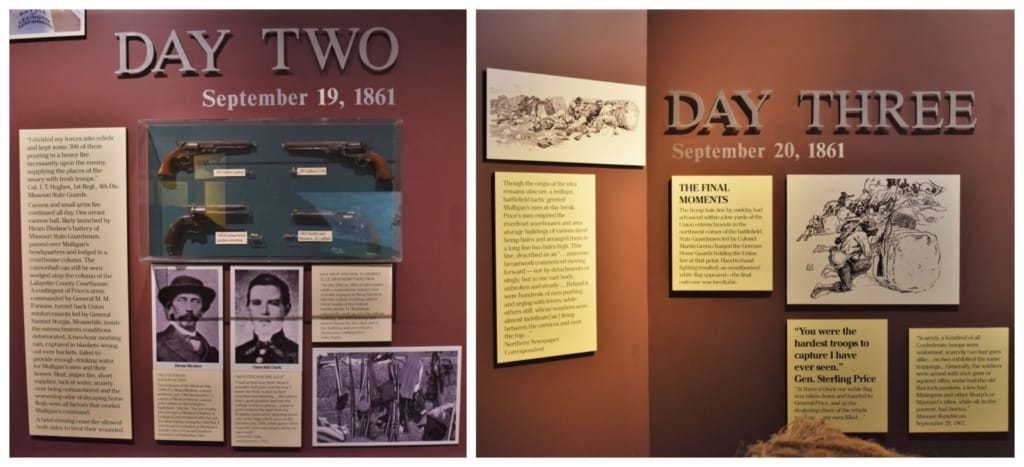
The Battle Drags On
Day 2 of the battle, September 19th, found the Union forces under heavy artillery fire. While the shelling was not especially damaging, there was another issue that was quickly becoming an imminent danger. The wells in the area held by Federal troops had dried up and the Confederate lines had cut them off from a fresh supply. State Guard sharpshooters prevented any Union soldiers from fetching water. The troops attempted to dig two new wells, but both were dry. While the Union forces struggled with this new concern, Confederate troops began constructing a line of defense. Using hemp bales they had seized from nearby, they built a movable wall facing the Union defensive lines.
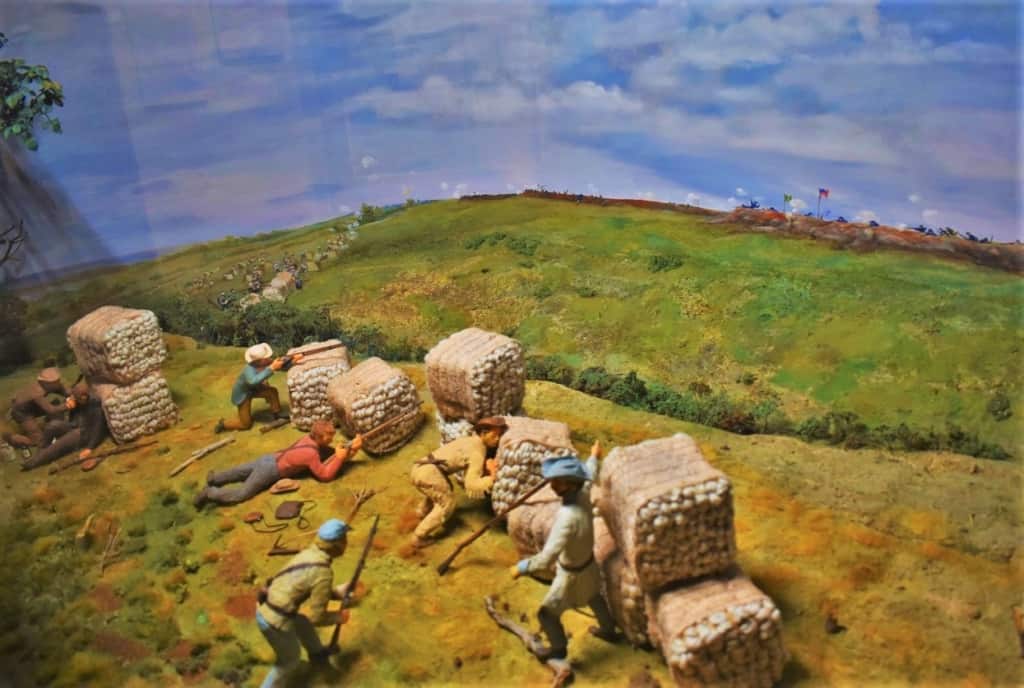
Rolling with Opportunity
The soldiers had soaked the hemp bales in the Missouri River overnight. These water-logged barriers proved to be nearly impervious to rifle and cannon shot. As dawn came on September 20th, the Confederate plan of victory was well on its way to completion. State Guard troops began rolling their soaked blocks toward the Union lines. Unable to pierce this new defense, the Federal troops found themselves squeezed between hemp bales and bluffs. By early afternoon, Union forces had laid down arms and abandoned their trenches.
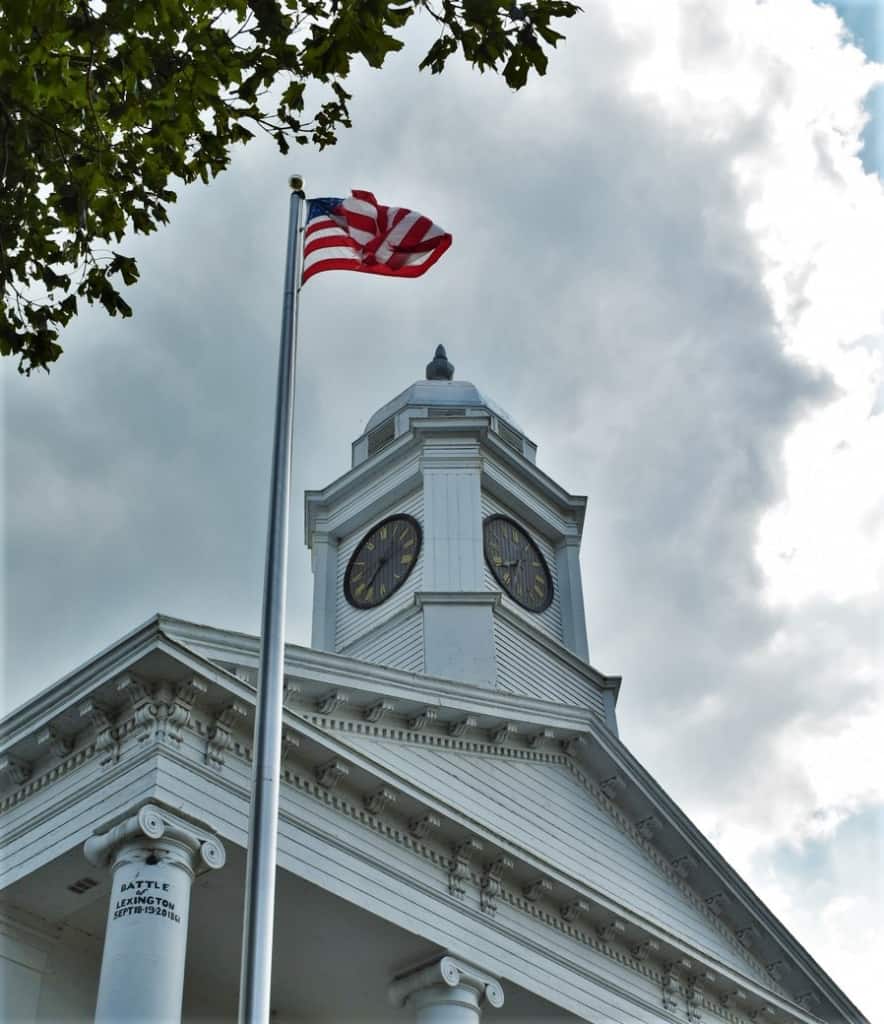
Battle of Lexington, Missouri
With both sides having significant fortifications, the casualties from this three-day battle were relatively light. Of the over 18,500 soldiers involved in the fight, only 69 deaths were recorded. One interesting side note of the battle occurred in downtown Lexington, Missouri. General Price had set up his command headquarters in a building across from the courthouse. On the final day of the battle, an errant cannonball struck a column of the courthouse, about 100 yards from Price. Legend states that the cannonball fell out of the hole and was collected by a local. Years later, the collector gave the ball to the county, which screwed it into the column to create a tourist attraction. It was even featured in Ripley’s Believe It or Not. Like they say, fact is stranger than fiction.


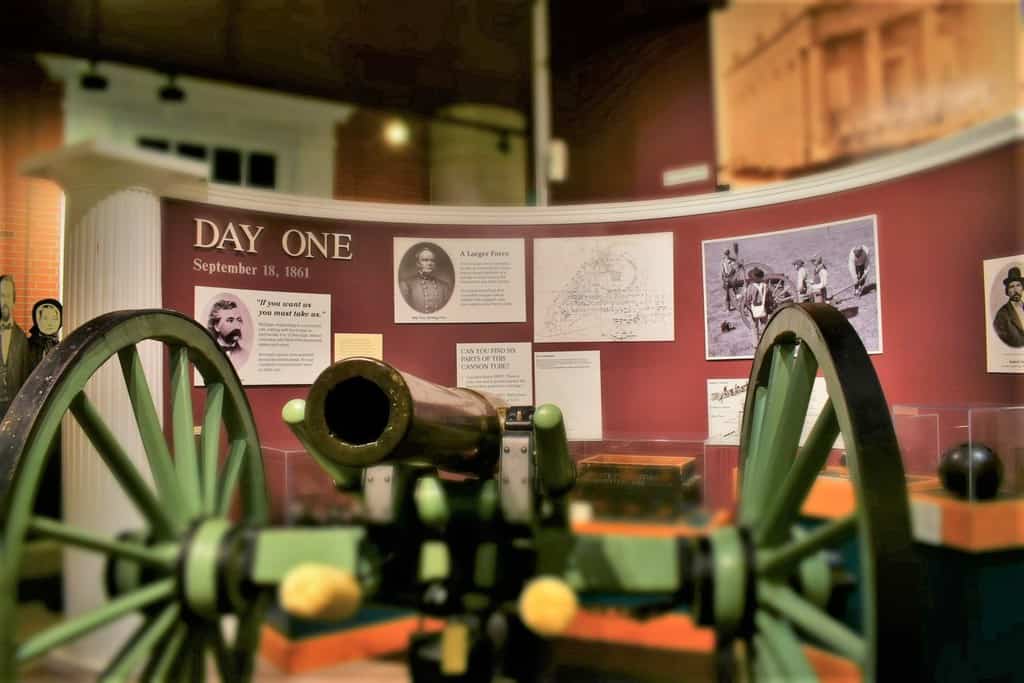



Thanks for sharing this little bit of Lexington’s interesting history. I didn’t realize this area was called “Little Dixie.”
Glad you enjoyed it.
What a great trip through history! I agree with Irene, you two are becoming super history buffs!
We look at it as a chance to learn more about the world around us.
Having lived in Virginia for over a decade, we learned much about the Civil War. I don’t think many folks realize just how extensive the war was. Your article is a great history lesson. Thanks Jeff.
Civil War battles and skirmishes were prevalent around our region. We find they offer an interesting glimpse into our country’s past.
Another fascinating snippet of history. There seems to be something to learn wherever you find yourself…
That’s why we believe that traveling is a great way to continue our education.
That was very interesting, I am surprised at the large numbers that went into battle. Also the soaked bales, genius idea.
It was astounding that there was such a battle that took place in this unlikely location.